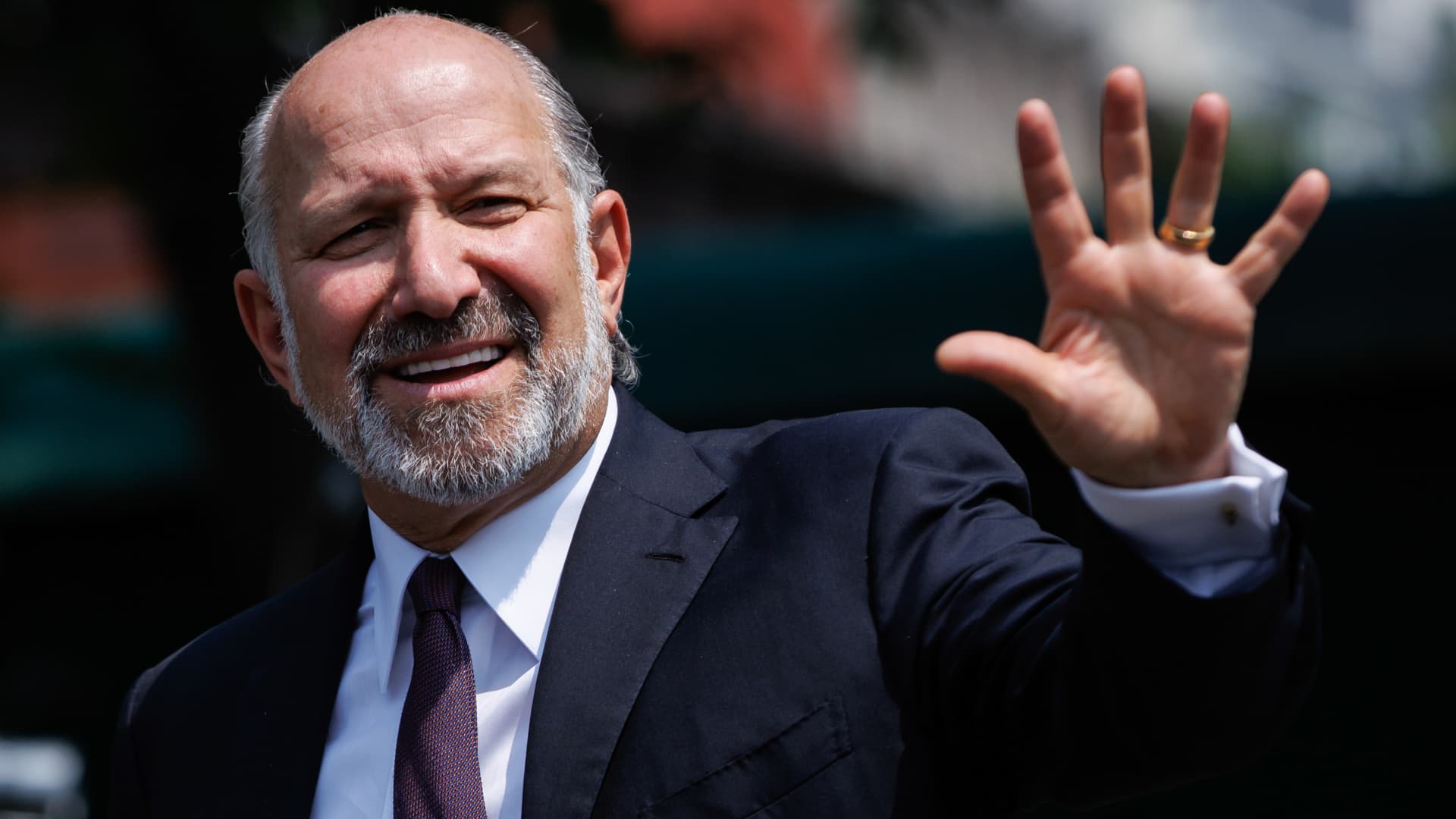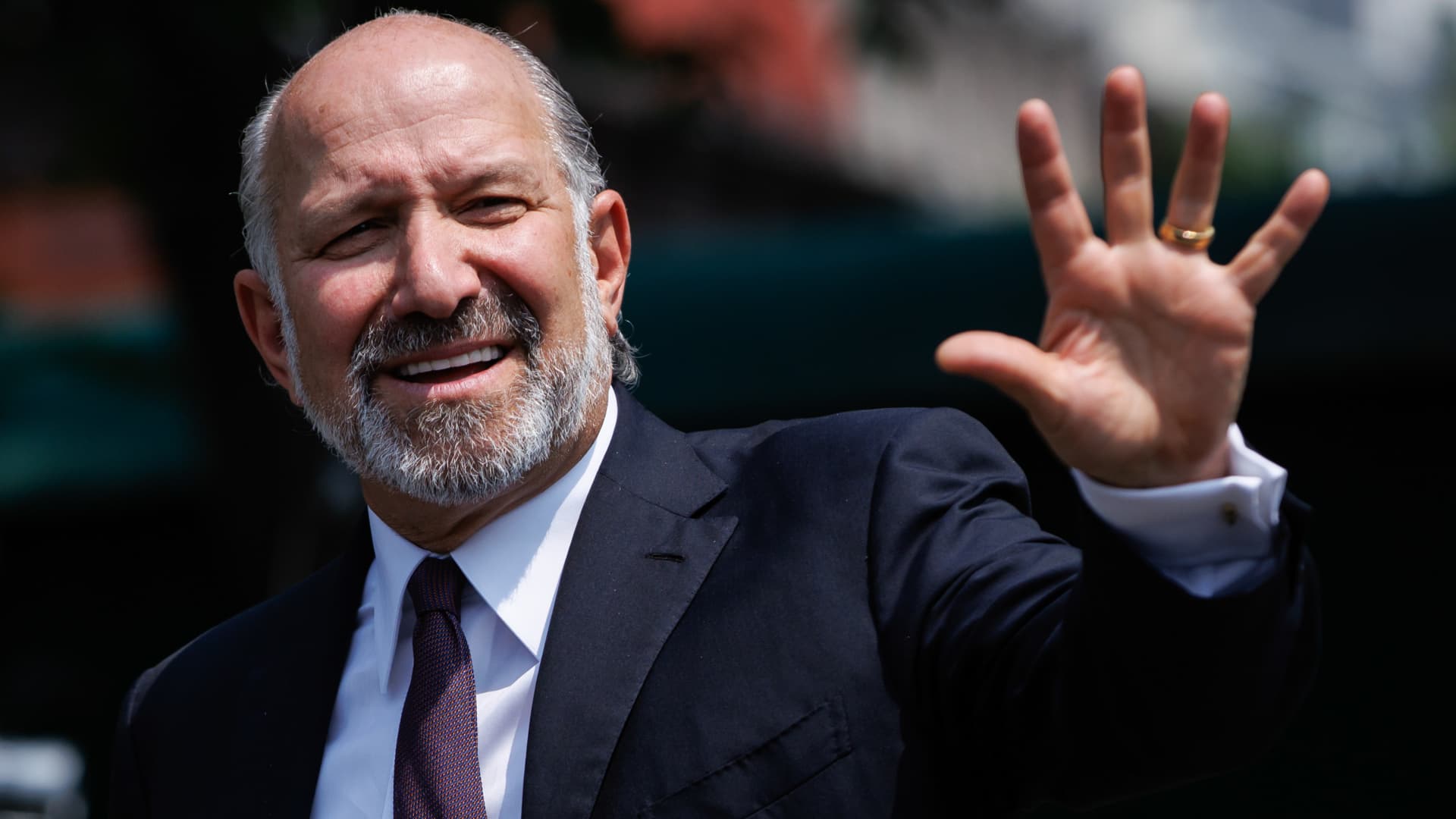The Complexities of Trump’s Trade Strategy: A Global Economy in Transition
Introduction: A New Era of Trade Warfare
Donald Trump’s trade policies have reshaped the global economic landscape, introducing a new era of uncertainty and disruption. His administration’s aggressive use of tariffs as both a defensive and offensive tool has sent shockwaves through international markets, prompting a reevaluation of traditional trade relationships. The strategy, often described as “America First,” aims to prioritize U.S. economic interests, but its broader implications are far-reaching and multifaceted. This analysis delves into the intricacies of Trump’s trade strategy, examining its impact on key trading partners, the effectiveness of tariffs as a negotiation tool, and the long-term consequences for the global economy.
The Tariff Tactics: A Double-Edged Sword
At the heart of Trump’s trade strategy lies the use of tariffs as a lever to force concessions from trading partners. The administration has framed this approach as a means to correct perceived imbalances in global trade, arguing that other countries have long imposed higher tariffs on U.S. goods. By matching these tariffs, the U.S. seeks to create a more level playing field.
However, the effectiveness of this tactic is debated. While tariffs can provide short-term leverage in negotiations, they also carry significant risks. The imposition of tariffs can lead to retaliatory measures from trading partners, creating a cycle of escalation that harms both economies. Additionally, tariffs can disrupt supply chains, increase costs for businesses, and ultimately pass the burden onto consumers in the form of higher prices.
The administration’s approach has been characterized by a mix of threats and concessions. For instance, the threat of imposing tariffs on the European Union (EU) and Japan led to negotiations, but the final deals often involved lowering tariff rates rather than imposing the threatened higher rates. This suggests that the tariff threat was more of a negotiation tactic than a definitive policy.
The China Challenge: A High-Stakes Gambit
The trade relationship with China is the cornerstone of Trump’s trade agenda. The U.S. has accused China of unfair trade practices, including intellectual property theft, forced technology transfers, and state subsidies to domestic industries. In response, the Trump administration has imposed tariffs on hundreds of billions of dollars worth of Chinese goods, prompting retaliatory tariffs from China.
The negotiations between the U.S. and China have been marked by high drama and shifting positions. At various points, Trump has declared a deal “done,” only to backtrack or demand further concessions. The Chinese government, meanwhile, has been more cautious in its public statements, often downplaying the progress of the negotiations.
The uncertainty surrounding the U.S.-China trade talks has had a significant impact on global markets. Investors and businesses have struggled to anticipate the outcome, leading to volatility in stock markets and supply chain disruptions. The long-term effects of this trade war remain uncertain, but the immediate consequences have been felt across industries, from agriculture to technology.
Beyond China: A Web of Trade Deals
While the U.S.-China trade war has dominated headlines, the Trump administration has also engaged in negotiations with other key trading partners. The approach has been multifaceted, involving both bilateral and multilateral agreements.
- European Union (EU): The U.S. and EU have been working to finalize a trade deal, driven by the threat of tariffs. The negotiations have focused on reducing trade barriers and increasing market access, but the details remain unclear.
- Japan: The U.S. has secured trade deals with Japan, involving lower tariff rates. These agreements are seen as a way to strengthen economic ties and counterbalance China’s influence in the region.
- Brazil: The administration has considered imposing new tariff rates on imports from Brazil, with some rates significantly higher than existing levels. This reflects a broader strategy of using tariffs to extract concessions from trading partners.
The administration has also emphasized the importance of attracting foreign investment as part of its trade strategy. For example, a “massive investment” commitment was secured alongside one of the trade deals, highlighting the administration’s focus on economic growth and job creation.
The Human and Economic Costs
Trump’s trade policies have had a tangible impact on businesses and consumers, both in the U.S. and abroad. The use of tariffs has led to higher costs for businesses, which are often passed on to consumers in the form of higher prices. This has been particularly evident in industries such as agriculture, where tariffs on Chinese goods have led to a decrease in exports and a drop in prices for U.S. farmers.
The trade war has also created uncertainty for businesses, making it difficult to plan for the future. Supply chains have been disrupted, and companies have had to adapt to new trade barriers. The long-term effects of these disruptions remain to be seen, but the immediate consequences have been felt across industries.
The Future of Global Trade
The legacy of Trump’s trade strategy is still unfolding. While some deals have been struck and concessions have been won, the long-term impact remains uncertain. The use of tariffs as a negotiation tool has created a new dynamic in global trade, one that is characterized by uncertainty and disruption.
The effectiveness of this approach will depend on several factors, including the ability of the U.S. to enforce the negotiated deals and the willingness of trading partners to abide by their commitments. Additionally, the long-term impact of tariffs on the global economy will depend on whether they lead to a more balanced and equitable trading system or simply create new distortions and inefficiencies.
Conclusion: A Legacy of Disruption and Uncertainty
Trump’s trade strategy has been a defining feature of his presidency, reshaping the global economic landscape in ways that will be felt for years to come. The use of tariffs as a negotiation tool has created a new dynamic in international trade, one that is characterized by uncertainty and disruption. While some deals have been struck and concessions have been won, the long-term impact remains uncertain.
The legacy of this approach will likely be one of both disruption and uncertainty, leaving businesses and policymakers to navigate a complex and evolving global trade landscape. Whether these actions ultimately lead to a stronger and more prosperous U.S. economy, or simply sow the seeds of further instability, remains to be seen. The story of Trump’s trade deals is far from over, and the final chapter has yet to be written.












